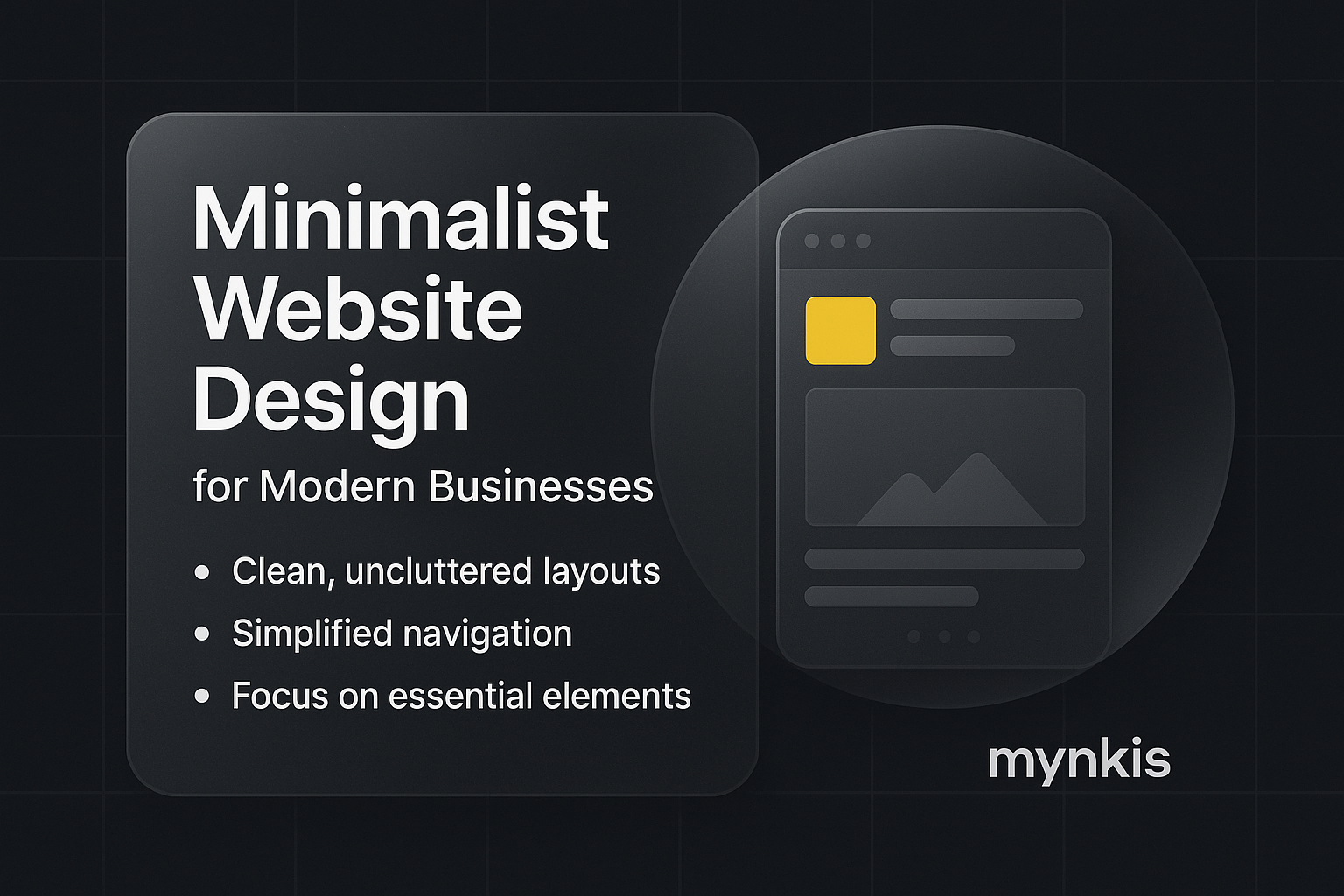Schedule a Demo
Minimalism isn't just a design trend; it's a philosophy that extends far into the heart of digital innovation. For businesses across various sectors, including healthcare, the allure of minimalism lies in its promise to cut through the noise, delivering clear, effective communication to users. A minimalist approach focuses on essential content and navigational simplicity, vastly improving user experience. In my work with businesses adopting this aesthetic, I've noticed a significant uplift in user engagement and satisfaction levels.
At its core, minimalist website design simplifies the user's journey on your site. By reducing distractions and presenting a clean interface, visitors can easily find what they're looking for without overwhelm. This design philosophy aligns particularly well with user needs in today's busy world. It's not uncommon to hear from clients that their minimalist sites have led to lower bounce rates and higher conversion rates, illustrating the direct impact of design on business metrics.
The foundation of a minimalist design is whitespace—far from being empty space, it's a powerful design element that allows other content to breathe and stand out. Alongside ample whitespace, simple color schemes often reign supreme, facilitating clarity and aesthetic pleasure. A monochrome palette with subtle accent colors can transform a website from cluttered to captivating.
Typrgraphy is another core component; by employing readable, high-quality fonts and minimal text styling, we ensure that messages are not only received but resonate. High-quality imagery acts as a powerful tool when used judiciously, keeping the layout clutter-free yet engaging. Through my experiences working with clients, sticking to these elements ensures their online presence remains both elegant and effective.
For clinics and hospitals, design isn't just about aesthetics—it's about compliance. Navigating the labyrinth of regulations such as HIPAA can seem daunting, yet minimalist design provides a framework that not only aligns with but enhances regulatory adherence. The simplicity of a minimalist site reduces the areas where data handling can become complex or insecure, simplifying secure data management for patient portals.
Keeping HIPAA compliance in mind, minimalism helps to de-clutter pages where personal health information might be exchanged, facilitating both a safer and smoother user experience. From my consultation sessions, I've observed how simplified navigation can lead to better understanding and management of patient data.
Reflecting on practical implementations of minimalist design within the healthcare sector illuminates its viability. For instance, a regional hospital redesigned its patient portal using minimalistic principles. The result? A striking 40% reduction in user support calls, a testament to the clarity and intuitiveness that minimalism offers. In another case, a clinic leveraged simple navigation and plentiful whitespace, achieving a seamless pathway for patients to schedule appointments, all while ensuring ADA compliance and meeting accessibility standards beyond the minimum requirements.
Launching into a minimalist redesign isn't a venture to be taken lightly but done right, can transform your site’s effectiveness. A few key tips based on leading expertise within the field include starting with an audit of your current site to identify what content truly matters. Streamlining navigation is crucial—think 'less is more'.
Indeed, the renowned design firm, IDEO, suggests adopting a user-centric approach to minimalism, where every design decision prioritizes user needs and experiences. Emphasizing on mobile-first design, a practice Google has propelled to front and center, ensures your minimalist design retains its integrity across all device sizes.
The advantages of minimalist design do not merely tick boxes for the 'now' but build lasting value. High-adaptability due to simplicity means less rework for future trends, making investments today pay dividends over time. My clients often return after initial implementation, confident in their choice as they experience continual, organic improvement in site performance metrics like loading speed, which is critical in the age of instant gratification.
It's key to navigate the minimalism route with care, as excessive reduction can leave users lost. Finding the sweet spot between informative and bare can be a tightrope walk. Consider accessibility too—an overly minimalist design risks omitting vital information or navigation cues for differently-abled users. My recommendation? Tread the minimalist path strategically; aim for usability, accessibility, and compliance without losing your brand's core essence.
As you embrace the minimalist ethos in website design, transparency and trustworthiness come to the fore. In an era rife with data concerns, design choices should mirror your organization's ethical data practices. Ensure your design choices communicate to users not only how visually appealing you are but how seriously you take their privacy and data.
Using minimalism transparently means openly detailing your data policies with a structure that's easy to understand—a vital aspect for healthcare providers. I consistently advise my clients to construct minimalist privacy policies and make them visibly accessible, aligning with the architecture of their uncluttered, user-focused site layout.
